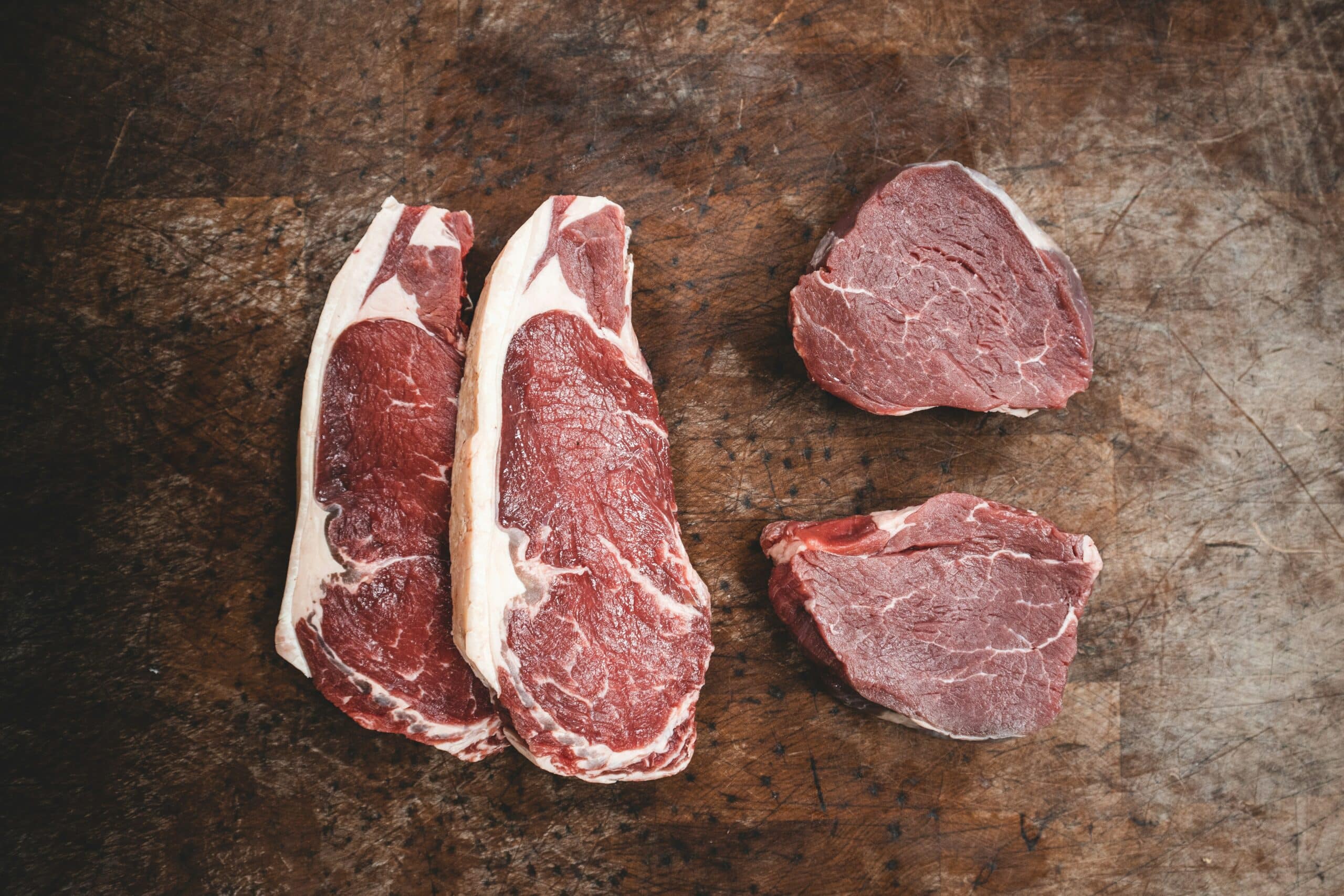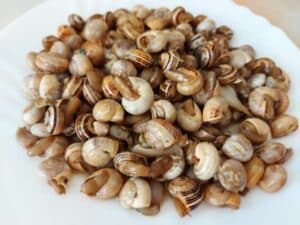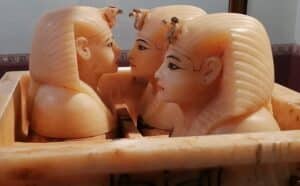In the early 1600s, Shakespeare’s plays were drawing crowds night after night, as people flooded into the theatre eager to see Macbeth, a play about a Scottish general who is foretold by three witches that he will become the King of Scotland.
As the evening sun disappeared behind the theatre, people eagerly gathered around the wooden stage, where actors, dressed in women’s second-hand clothes, were preparing for the evening’s performance. It was not only considered indecent and dangerous for women to set foot upon the stage, but also illegal.
The show began and Macbeth, encouraged by his ambitious wife, murders the King and takes the throne for himself. He is then wracked with guilt and paranoia, and forced to commit murder after murder, consumed by his desire for power.
As the audience within the theatre gasped at the unfolding drama, those outside were also being driven by their own dark desires and superstitious fears.
King James I became the King of Scotland at just one year old, after his father was murdered by his wife’s lover. He also later became the ruler of England when Queen Elizabeth I, known as the Virgin Queen, coincidentally died at the age of 69 with no heirs.
After his father’s murder, James’s mother fled the country, leaving him to be raised alone amidst a library filled with classical and religious texts personally curated for him. He would then later write his own book exploring his obsession with witchcraft, demons, and the occult, prompted by his belief that witches had attempted to kill him and his wife by conjuring up a storm at sea.
This obsession led to the persecution of “witches” all over Scotland, and thousands of women were trialled, strangled, and burned. However, witches weren’t the only things being put over a flame in order to gain favour of the King.
A local dispute between Protestants and Catholics led James to visit the small village of Hoghton, where he was greeted by the Lancashire baronet, Sir Richard Hoghton, who had invited him to stay at his hilltop manor.
The King was joined by dukes, earls and knights alike, and was presented with a banquet which featured over a hundred dishes. Succulent mutton, tender chicken, veal, turkey, rabbit, roast pork, pheasant, crispy duck, deer, wild boar, quail and heron, and of course the most flavoursome of beef. A feast worthy of the phrase “a feast fit for a King”.
It is said that, by the end, King James was served a beef loin so tender, and so flavoursome, that he bestowed it with knighthood. In his hand, he wielded not a sword, but a knife, and with a swift movement, like a maestro conducting a symphony, he tapped the right side of the loin and then the left. “Arise, Sir Loin.”
Sirloin beef is the meat taken from the back of a cow, specifically from the area just behind the ribs and extending toward the hip. It is known for its tenderness and rich flavour, and the myth surrounding King James is said to have originated its name. Although, in reality, its name is likely derived from the Old French word surloigne, with ‘sur’ meaning above and ‘longe’ meaning loin.
Thereupon, the knighthood was bestowed upon the loin, and the gathered nobles erupted into laughter and applause in appreciation of the King’s wit and charm. The only man not left laughing was Sir Richard Hoghton himself, as the lavish banquet would later leave him bankrupt and imprisoned.
In contrast to Macbeth’s hunger for power or Sir Richard’s extravagant attempts to win the King’s favour, the Sirloin steak in Portugal, commonly known as “bife da vazia”, is celebrated for its simplicity. It typically involves minimal seasoning, such as garlic, salt, and pepper, which merely serve to accentuate the natural flavours of the beef. Moreover, unlike the witches burned at the stake, it is best enjoyed medium rare, ensuring a tender and juicy texture.
In Portugal, the steak is also often served with a fried egg on top, accompanied by delicious homemade fries, rice, or a fresh salad. Sometimes, a flavourful sauce, such as a garlic and butter sauce, a mushroom sauce, or even a coffee sauce, is drizzled over the steak, adding an extra layer of taste and richness.
No matter how you choose to savour it, “Sir Loin” remains a steak worthy of knighthood. The moniker stuck and that, as they say, is history.
|| features@portugalresident.com
Jay works for a private charter airline, and is also a UX designer and aspiring author who enjoys learning about history and other cultures




















